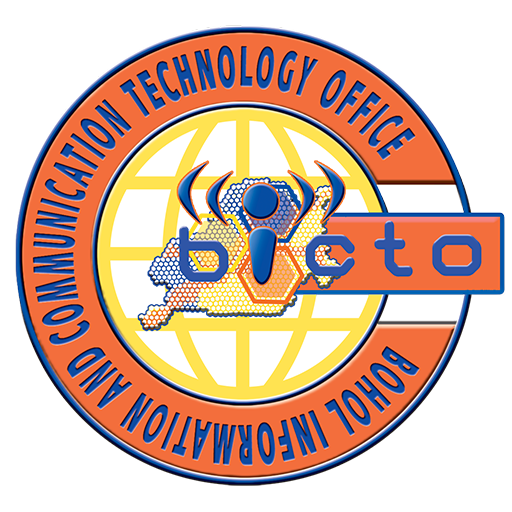SCRUM TEAM Development
SCRUM is a managment framework for incremental product development using one or more cross-functional, self-organizing teams.
Product Owner
• Single person responsible for maximizing the return on investment (ROI) of the development effort
• Responsible for product vision
• Constantly re-prioritizes the Product Backlog, adjusting any long term expectations such as release plans
• Final arbiter of requirements questions
• Accepts or rejects each product increment
• Decides whether to ship
• Decides whether to continue development
• Considers stakeholder interests
• May contribute as a team member
• Has a leadership role
Scrum Development Team
• Cross-functional (e.g., includes members with testing skills, and often others not traditionally called developers: business analysts, domain experts, etc.)
• Self-organizing / self-managing, without externally assigned roles
• Negotiates commitments with the Product Owner, one Sprint at a time
• Has autonomy regarding how to reach commitments
• Intensely collaborative
• Most successful when located in one team room, particularly for the first few Sprints
• Most successful with long- term, full-time membership. Scrum moves work to a flexible learning team and avoids moving people or splitting them between teams.
• 7 + 2 members
• Has a leadership role
Scrum Master
• Cross-functional (e.g., includes members with testing skills, and often others not traditionally called developers: business analysts, domain experts, etc.)
• Self-organizing / self-managing, without externally assigned roles
• Negotiates commitments with the Product Owner, one Sprint at a time
• Has autonomy regarding how to reach commitments
• Intensely collaborative
• Most successful when located in one team room, particularly for the first few Sprints
• Most successful with long- term, full-time membership. Scrum moves work to a flexible learning team and avoids moving people or splitting them between teams.
• 7 + 2 members
• Has a leadership role
